About the Author
Shelly Tochluk is an educator with a background in psychology, and she spent ten years as a researcher, counselor, and teacher in Californias public schools. She now trains teachers to work with Los Angeles diverse school population as the Chair of the Education Department at Mount St. Marys College.
Shellys personal dedication to confront issues of race developed first through her participation with UCLAs NCAA Division-I All-American Track and Field 4X400 meter relay team and later through her inner-city teaching experiences. Shelly currently serves on the leadership team of AWARE-LA (Alliance of White Anti-Racists Everywhere-Los Angeles). She also co-created a workshop series that leads white people into a deeper understanding of their personal relationship to race, white privilege, and systemic racism. Shelly has presented at the White Privilege Conference, National Conference on Race and Ethnicity in Higher Education, Southeastern Conference on Cross-Cultural Issues in Counseling and Education, the Association of Independent Schools-New England, and the YWCA National Conference, and is committed to speaking at community forums whenever possible to highlight issues of white racial identity.
Published by Rowman & Littlefield Education
A division of Rowman & Littlefield Publishers, Inc.
A wholly owned subsidiary of The Rowman & Littlefield Publishing Group, Inc.
4501 Forbes Boulevard, Suite 200, Lanham, Maryland 20706
http://www.rowmaneducation.com
Estover Road
Plymouth PL6 7PY
United Kingdom
Copyright 2010 by Shelly Tochluk
All rights reserved. No part of this book may be reproduced in any form or by any electronic or mechanical means, including information storage and retrieval systems, without written permission from the publisher, except by a reviewer who may quote passages in a review.
British Library Cataloguing in Publication Information Available
Library of Congress Cataloging-in-Publication Data
Tochluk, Shelly, 1971
Witnessing whiteness : the need to talk about race and how to do it / Shelly Tochluk. 2nd ed.
p. cm.
Includes bibliographical references and index.
ISBN 978-1-60709-256-8 (cloth : alk. paper) ISBN 978-1-60709-257-5 (pbk. : alk. paper) ISBN 978-1-60709-258-2 (electronic)
1. WhitesUnited StatesAttitudes. 2. WhitesRace identityUnited States.
3. Race awarenessUnited States. 4. RacismUnited States. 5. Interpersonal relationsUnited States. 6. ResponsibilityUnited States. 7. EducatorsUnited StatesAttitudes. 8. Community educationUnited States. 9. United StatesRace relations. I. Title.
E184.A1 T63 2010
Printed in the United States of America
 The paper used in this publication meets the minimum requirements of American National Standard for Information SciencesPermanence of Paper for Printed Library Materials, ANSI/NISO Z39.48-1992.
The paper used in this publication meets the minimum requirements of American National Standard for Information SciencesPermanence of Paper for Printed Library Materials, ANSI/NISO Z39.48-1992.
Preface
A Work in Progress
This book requires a prefacea caveat, if you will. When matched against the tremendous need to confront issues of racism and white privilege, this book does not go far enough. If you are one who already sees the fullness of the problem and its links to our various educational, social, and economic systems, the model of witnessing proposed here might ask for too little. For some people of color and white antiracist activists, the contents may appear soft and too warmly conveyed for the urgency of the situation. For these reasons, an explanation is warranted.
Fundamentally, the intention is to start a dialogue and offer a first step for those just beginning to see whiteness, its effects on relationships, and its connection to our social and economic systems. As such, the book speaks to a particular group of people. Readers of this book are likely to be people who seek to do good work in the world, who want to be of service to social justice efforts, and who care enough to pick up a book on whiteness in the first place. Within this group, there is much diversity of experience and perspective. Yet one thing is generally common: we white people do not interrogate ourselves on what it means to be white on a regular basis. This often results in a lack of both (1) the desire to see ourselves as part of a racial dynamic and (2) the skills to navigate racial terrain successfully.
Since admonishing and shaming people is not likely to inspire either personal or political change, this book uses a different approach. It offers an invitation that hopefully piques interest and inspires thought. I also hope this book convinces readers that perceiving whiteness and developing active responses is imperative personally, socially, and politically if we are going to transform our society into a more equitable and just place.
Because a primary intention of this book is to reach out to my home community, I use the pronouns us and we when referring to white people in general. However, this book is for people of color and multiracial people as well. (For those unfamiliar with the term people of color, it refers to persons of any racial background who are not considered, or do not self-identity, as white.) There are many people of color who want to understand better the history of whiteness, how people experience whiteness, and how people continue to struggle against lingering racism after years of work, as well as some action steps we can take as a response.
To people of color, I apologize for the potentially distancing effect my use of the pronouns us and we might have. Hopefully, readers of color will understand that my word choice intentionally places myself within the white group as a way to self-identify with the continued work necessary on this topic and to reduce the defensiveness that so often surrounds discussions of race.
Additionally, I would like to offer a couple of explanations regarding my use of language. Like Frances Kendall, I too have struggled over whether or not to capitalize the term white in order to be consistent with my capitalization of Black. 1 I capitalize Black because most Black people I know can talk about their identity as Black people. They know what it means for them to be Black, and it is important. They capitalize it and, therefore, I do as well.
On the other hand, most white people I know have no idea what it means that they are white. There is little racial awareness formed around this term, and for this reason, it seems inappropriate to offer white the same weight. This is in no way intended to diminish white peoples humanity but simply to highlight that our society has not asked us to do the work required to form an identity around being white. Readers will note that when I speak of Radical White Identity, a consciously-formed antiracist white identity constructed within a group of which I am a part, the term is capitalized. I therefore offer my inconsistency as a challenge to white readers. We should sit with the discomfort of our whiteness being left in the lower case until we work toward an antiracist white identity of which we can be proud.
My thanks also goes to Frances Kendall for alerting me to the way my use of terms related to vision blurry, blind, and so forthas a metaphor related to our needed awareness around race issues might offend. 2 I had never considered that my use of these words betrays my privileged status as an able-bodied person who takes sightedness for granted, yet I too have been unable to find alternate language to convey the points I raise. For this I apologize and remain open to suggestion.
Also, I must confess that absolutely nowhere in this book do I treat the complex issues that face biracial and multiracial people who are part white. Admittedly, I focus on the easy split: those who are seen as white and those who are not. I do this primarily because much of the book draws from my search to develop a stronger and healthier sense of my racial self as a white person. Although I know several biracial people who are working to integrate their whiteness into a healthy racial identity, I do not feel sufficiently qualified to speak of that process.


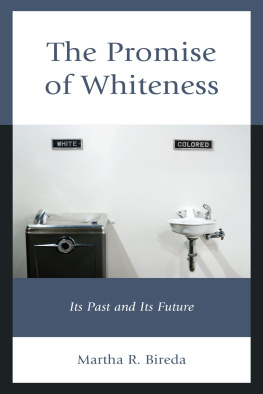
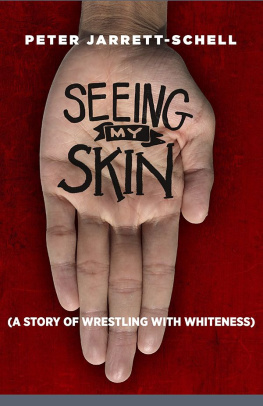
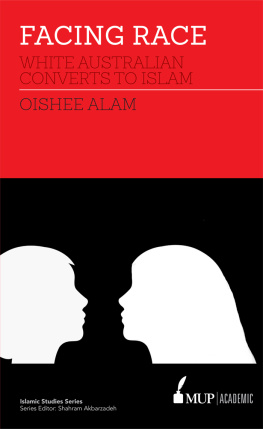
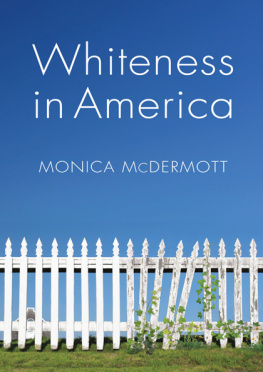

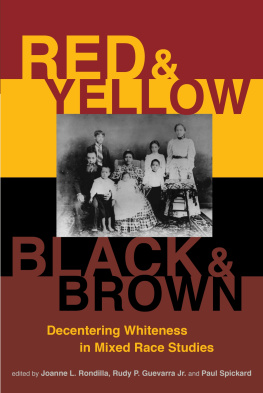
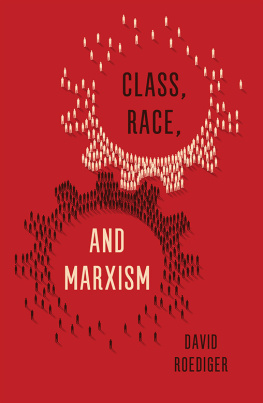

 The paper used in this publication meets the minimum requirements of American National Standard for Information SciencesPermanence of Paper for Printed Library Materials, ANSI/NISO Z39.48-1992.
The paper used in this publication meets the minimum requirements of American National Standard for Information SciencesPermanence of Paper for Printed Library Materials, ANSI/NISO Z39.48-1992.